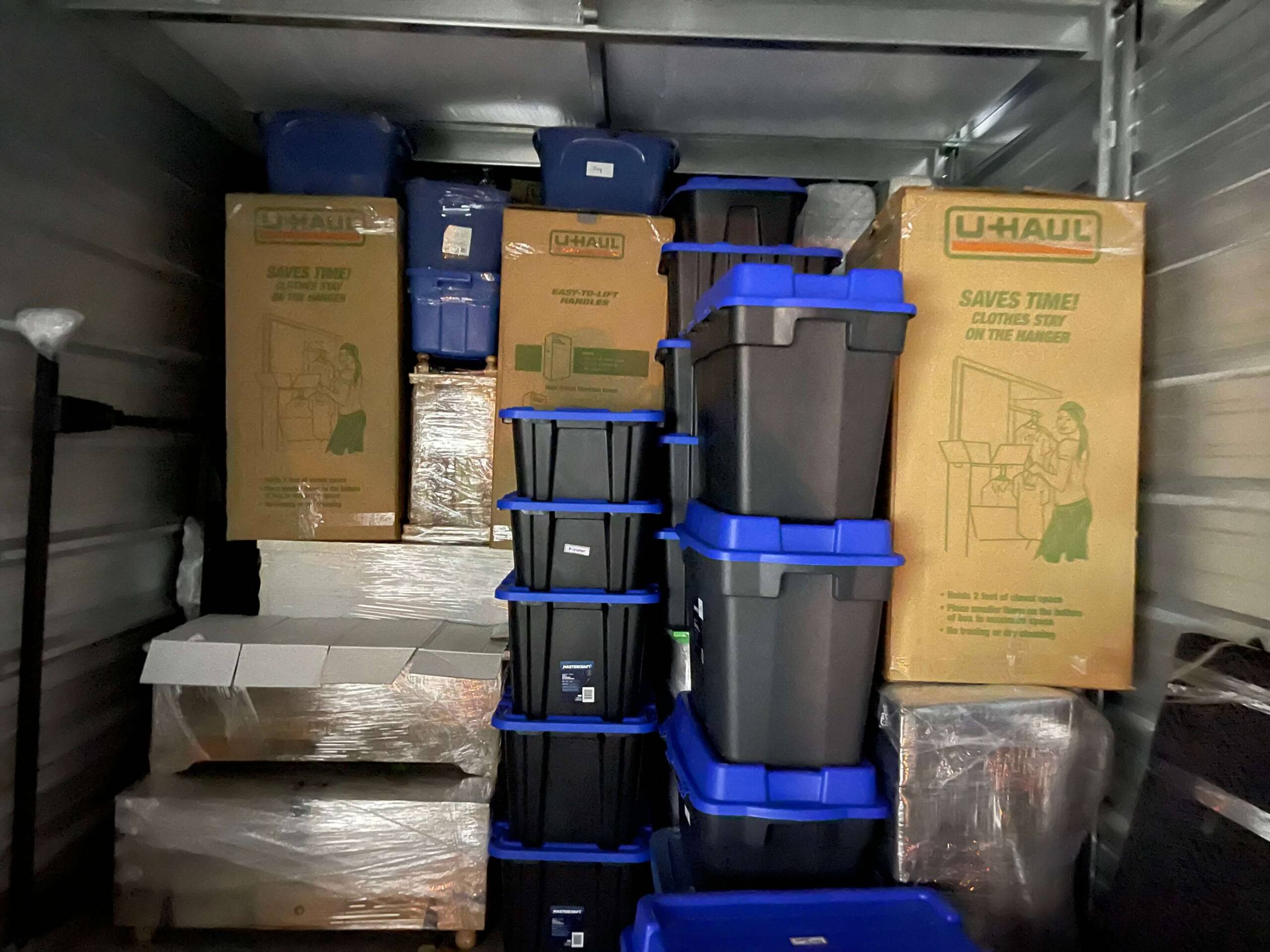Moving can be stressful, especially when relocating heavy or fragile furniture. Whether you’re moving across town or to a new city, ensuring your furniture arrives safely and without damage requires planning and the right techniques. To help you move with ease, here are some essential furniture moving tips for a hassle-free experience.

1. Plan and Prepare Early
Preparation is key to a smooth move. Start by making a detailed list of all the furniture you need to move. Decide if any items can be sold, donated, or left behind to minimize moving costs and space requirements. For larger items, measure your furniture and check the dimensions of doors, hallways, and elevators in both your current and new spaces. This will help avoid last-minute surprises and allow you to plan the best path for moving each piece.
2. Gather Proper Packing Materials
Packing your furniture properly is crucial for protecting it from damage during the move. Gather high-quality packing materials, such as bubble wrap, furniture pads, stretch wrap, and moving blankets. For items with sharp corners, use corner protectors to prevent scratches. Additionally, secure any loose parts, like drawers or doors, with packing tape or wrap. Having the right supplies will ensure your furniture remains safe and scratch-free.
3. Disassemble When Possible
Disassembling furniture makes it easier to move and reduces the risk of damage. Take apart any furniture that can be disassembled, such as bed frames, tables, or shelves. Keep screws, bolts, and other small parts in labeled bags to stay organized, and tape these bags securely to the furniture pieces. Document each step of the disassembly process, as this will make reassembly at your new location much easier.
4. Label Everything
Labeling is essential to staying organized during a move. Label each piece of furniture, especially if it has multiple parts or needs special handling. You can also use color-coded labels to differentiate between rooms, so movers will know where each item belongs in your new space. Proper labeling saves time and effort, especially when unpacking and reassembling.
5. Use Proper Lifting Techniques
Moving heavy furniture can lead to injury if not done correctly. Use proper lifting techniques, such as bending your knees and lifting with your legs, rather than your back. If possible, enlist help from friends or professional movers to make moving heavy items easier. For larger pieces, consider using moving equipment like dollies or furniture sliders, which help reduce strain and make the process safer.
6. Protect Your Floors and Walls
Moving large furniture can easily damage floors and walls. To prevent this, place protective coverings on floors, such as blankets or plastic sheeting, and use corner guards on walls in high-traffic areas. For particularly heavy items, use sliders to move furniture smoothly without scraping floors. Taking these extra precautions will help you avoid costly repairs in both your old and new spaces.
7. Wrap and Secure Furniture for Transit
Once your furniture is disassembled and protected, make sure it is securely wrapped for transit. Wrap fragile items like mirrors and glass tabletops in bubble wrap, and use moving blankets for larger pieces. Secure everything with stretch wrap or moving straps to keep it from shifting or sliding during transport. Properly wrapped and secured furniture minimizes the risk of scratches, dents, or breakage.
8. Hire Professional Movers for Heavy or Delicate Items
If you have particularly heavy or delicate furniture, such as pianos, antique pieces, or large sofas, consider hiring professional movers. Experienced movers have the equipment and expertise to handle these items safely. Not only will this reduce your physical burden, but it also adds a layer of protection for valuable or irreplaceable pieces.
9. Organize Your Move-In Strategy
Having a plan for unloading and setting up your furniture in your new space can save you time and hassle. Decide in advance where each piece will go, and make sure doorways and hallways are clear. Prioritizing heavy or essential furniture for unloading can help you settle in more comfortably and give you a head start on organizing your new home.
Conclusion
With the right preparation and techniques, moving furniture can be a hassle-free part of your relocation. Planning, using proper materials, disassembling when necessary, and hiring professionals for certain items can make the moving process smoother and protect your belongings from damage. By following these essential furniture moving tips, you can reduce stress and ensure a safe, efficient move for all your furniture.


